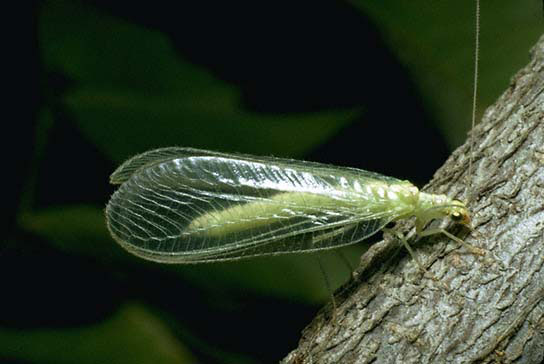The true morel (
Morchella) is one of the most exciting fungal
finds in the forest. They are a culinary delicacy (sold for $36.00/lb
fresh) (http://www.pacrimmushrooms.com/fresh-morel.php), they are
difficult (virtually impossible) to cultivate, and they are difficult to
spot, sometimes masquerading as pine-cones. There are at least 41
phylogenetic species worldwide, 19 which may be endemic to North America
(O'Donnell et al. 2011). In North America we have been using the
European species names
M. esculenta (for white morels) and
M. elata
(for black morels) but these species do not occur in North America (Kuo
et al. 2012). Kuo et al. (2012) describes 14 new species of
Morchella in North America and provides a key. The white morels and the black morels cluster into two distinct clades, with
Morchella rufobrunnea
by itself appearing in a basal lineage (Kuo et al. 2012). I'm happy
that I can now probably call this mushroom that I ate in the elata clade
Morchella brunnea M. Kuo sp. nov
. and these ones in the esculenta clade
Morchella esculentoides M. Kuo, Dewsbury, Moncalvo & S.L. Stephenson, sp. nov. or
Morchella cryptica M. Kuo & J.D. Moore, sp. nov.
 |
| Left: Morchella brunnea. Right: Morchella esculentoides or cryptica |
Of course when hunting morels, you don't want to mistake a true morel for one of its poisonous cousins like
Gyromitra esculenta. When cooked,
Gyromitra esculenta releases monomethylhydrazine, a toxic rocket propellent used by NASA. If you are not sure if it's a true morel, cut it in half. Only true morels are hollow in both the 'cap' and 'stipe'. Make sure you go collecting with someone with a lot of experience before you go off on your own.
 |
| Gyromitra esculenta |
O'Donnell K, Rooney AP, Mills GL, Kuo M, Weber NS, Rehner SA. 2011. Phylogeny and historical biogeography of true morels (Morchella) reveals an early Cretaceous origin and high continental endemism and provincialism in the Holarctic. Fungal Genet Biol 48:252–265.
Kuo M, Dewsbury DR, O'Donnell K, Carter MC, Rehner SA, Moore JD, Moncalvo JM, Canfield SA, Stephenson SL, Methven A, Volk TJ. 2012.Taxonomic revision of true morels (Morchella) in Canada and the United States. Mycologia.
doi:
10.3852/11-375.













